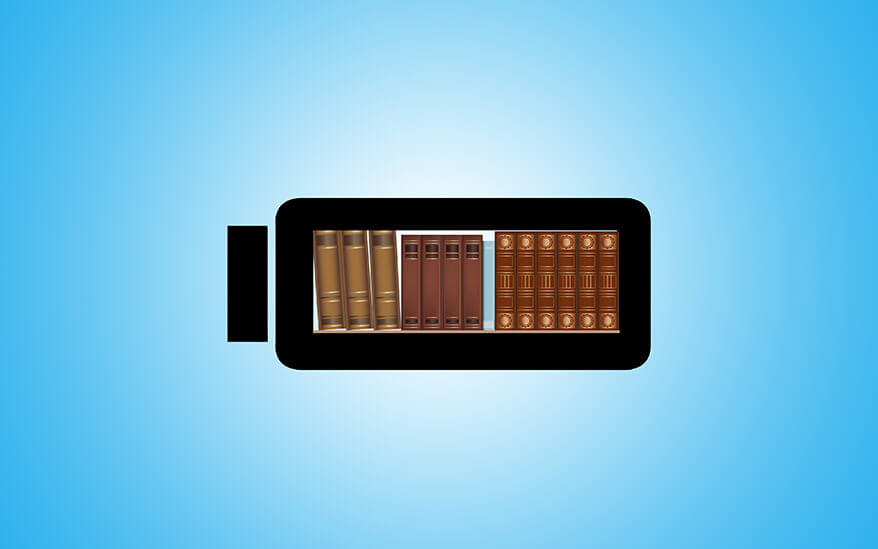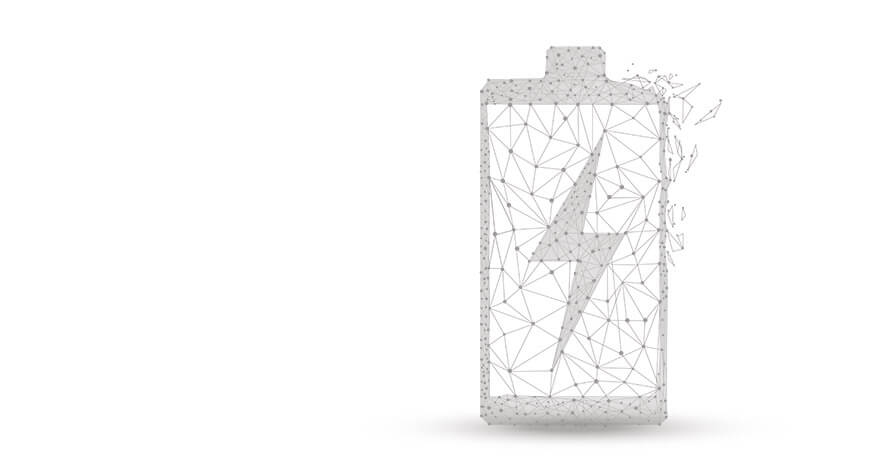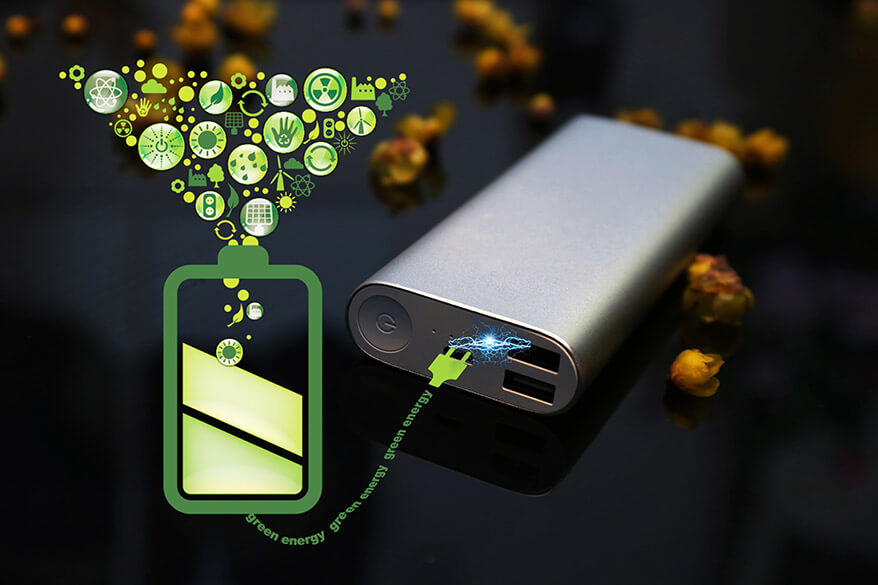Li ion battery charging circuit
May 06, 2019 Pageview:1528
A lithium-ion battery is the most common type of battery used in almost all electrical rechargeable appliances. Examples of such appliances include mobile phones, tablets, laptops, chargeable fans, lamps and so on. Proposed in 1970s for the first time, the battery is now widely utilized in commercial, consumer as well as in military appliances. The most prominent benefit of the li ion battery is that it allows the people to recharge the battery, thereby, conserving the resources as well as consumers’ money by not having to reproduce and repurchase the batteries.
The most common way to recharge a li ion battery is by using a normal cabled charger that charges the battery via the device in which the battery is fitted. However, there are also ways that allow the users to charge a lithium ion battery without a charger.
How to charge lithium ion battery without charger?
Although the lithium ion batteries are very useful, easy to use and rechargeable, they still need to be used with good care as they can also be very dangerous if exposed to unfavorable handling or usage. One of the mistakes people usually make with lithium ion batteries is that they try to charge the battery with different chargers if they have lost the original one or they might be trying to charge the battery faster using bigger chargers. However, it must be noted that this can be extremely harmful for the batteries as well the place where they are being charged as there is a potential danger of a short-circuit fire.
Therefore, if you have lost the charger usable with the lithium ion battery, try charging the battery without one. There are multiple ways in which you can do this.
1.First is to use normal AA or AAA batteries to charge the li ion battery usable with your appliances. To do this, you will require some AA or AAA batteries, couple of small wires and an electric tape. You will have to follow these steps to charge the battery:
• First, you need to remove the battery to be charged from your device because it is impossible to charge the battery using this method while it is in the device.
• Secondly, you need to arrange the correct number of AA or AAA batteries that will help you charge your device. Usually a AA battery is 1.5V and a cellphone battery is of 3.7V; therefore, you need to have 3 AA batteries with you.
• Now, you must attach the wires to the AA batteries from one end and the battery that needs to be charged on the other end. Make sure to identify the positive and negative sides of the batteries correctly because if that is not correct, all your efforts will go to waste. Adding to this, you must use an electric tape to appropriately attach the wires to the batteries or else it would be dangerous to stay near the charging area of the batteries.
• The work is done, and the battery must be charging by now.
2.You might have listened about the rubbing trick to charge the batteries. Well, if not, here it is! Firstly, you will have to remove the li ion battery from your device and rub the battery with both your hands for around 30 to 45 seconds. This recharges your battery with the help of static energy through the creation of enough friction and heat. However, this trick would not recharge your battery a lot; it might give your battery an additional life of about 9 to 10 minutes maximum. Thus, this method is more usable in urgencies.
3.Another way to charge the li ion battery without a charger is to use a charging circuit. The charging circuit can be built by you at your home, very easily. The circuit can charge a normal 3.7V cellphone battery using a 5VDC power supply. The circuit uses multiple wires, an IC, a microchip (MCP73831) and electric tapes. However, it is more like creating a charger at home instead of buying one. This method is not very recommendable unless you are an expert in electrical work, because even a single wire here and there, and you will be endangering your battery, your surroundings and even your life in extreme cases.
Li ion battery charging tips
The first and, arguably, the most important of the tips is to not ever charge your battery overnight. You might feel greedy to save your time in the morning or at night by plugging your battery on the charger for the entire night so that it is 100% charged by the morning. However, it causes more harm than good; the batteries, although are equipped with a device that stops taking energy inflow when the charge is full, get damaged when they are overcharged. Some usual outcomes are swelling of the battery, explosion, fire and serious damage to the battery over a long term.
It is good if you keep your li ion battery’s charge in between 40% to 80%; this helps in extending the life of your battery. Therefore, you should refrain from draining your battery’s charging to 0% and then charging it to 100%. Long hours of charging also cause hikes in temperature of the battery, so less charging time will also help you get around this problem.
Another piece of advice is to not expose your lithium ion batteries to extreme temperatures. A temperature of around 20 to 25 degrees centigrade is the best for the battery. Thus, do not keep your batteries in your car when it is hot outside.
Lithium ion battery charging first time
Lithium ion batteries are much advanced and safer than older technology batteries such as nickel-cadmium. These new lithium ion batteries are not charged differently whether it is the first charge or the hundredth charge. Things like ‘do not use while charging’, ‘drain completely before charging’ and ‘charge infrequently’ do not apply to these batteries. Therefore, you can charge it normally for the first time too.
- Prev Article: Lithium Battery Recycling System Efficiency
- Next Article: What is a lithium-ion battery pack?
Leave Message
Hottest Categories
-
Hottest Industry News
-
Latest Industry News












